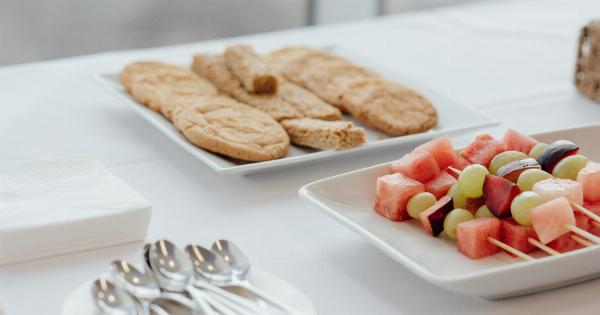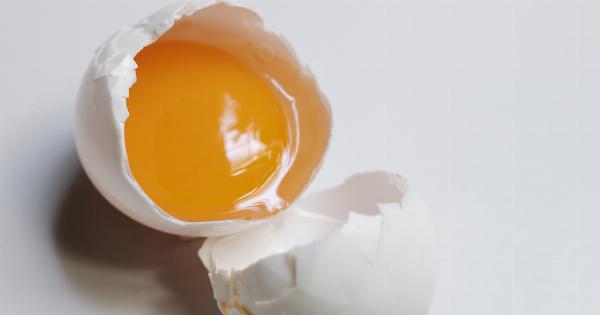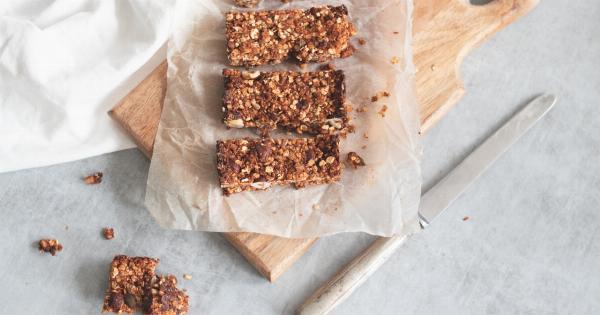Sugar is a commonly used ingredient in kitchens worldwide. It is not only a sweetener but also adds texture, flavor, and color to a wide range of dishes. From desserts to savory dishes, the possibilities of using sugar in your kitchen are truly endless.
In this article, we will explore various ways to harness the versatility of sugar and unlock its potential in your culinary adventures.
Sweet Treats
Sugar is most commonly associated with sweet treats, and for good reason. It is the primary ingredient in many classic desserts such as cakes, cookies, and pastries.
The sweetness of sugar enhances the flavors of these delicacies and gives them the perfect balance of taste. Whether you’re baking a traditional apple pie or trying out a new recipe for chocolate chip cookies, sugar plays a crucial role in achieving that delightful sweetness that we all crave.
Beverages
Have you ever wondered why your morning coffee tastes better with a hint of sweetness? Sugar is commonly used to sweeten beverages like tea and coffee.
It dissolves easily, making it convenient for adding a touch of sweetness to your favorite cup of joe. Additionally, sugar is commonly used in the production of various beverages, including soft drinks, fruit juices, and cocktails. Its ability to enhance flavors makes it a versatile ingredient in the beverage industry.
Preservation
Sugar has natural preservative properties, which have been utilized for centuries to preserve fruits, jams, and jellies.
By reducing the water content in food, sugar creates an environment that inhibits the growth of bacteria, mold, and other microorganisms. This preservation method allows you to enjoy the flavors of seasonal fruits and preserves for extended periods of time. So, the next time you stumble upon a surplus of ripe berries, consider making a batch of homemade jam using sugar as a preservative.
The Science Behind Sugar
Understanding the science behind sugar can help you harness its potential in your kitchen. Sugar is a carbohydrate that consists of carbon, hydrogen, and oxygen molecules.
When sugar is heated, it caramelizes and undergoes the Maillard reaction, resulting in a rich golden-brown color and deep, complex flavors. This is why caramel sauce or crème brûlée have that irresistible caramel taste.
Texture and Structure
Sugar is not only responsible for sweetness but also for the texture and structure of many dishes. In baking, sugar plays a crucial role in creating the desired texture of cakes, cookies, and bread. It adds moisture, tenderness, and helps with browning.
In the process of creaming butter and sugar, air is incorporated into the mixture, resulting in a lighter and fluffier final product.
Sugar in Savory Dishes
While sugar is often associated with desserts, it can also be a secret weapon in savory dishes. A small amount of sugar can balance out the acidity of tomato-based sauces or add a touch of sweetness to stir-fries.
It can even be used to create a flavorful glaze for meats, such as a honey-soy glaze for roasted chicken. The addition of sugar in savory dishes can elevate the flavors and create a well-rounded taste experience.
Decorative Uses
Sugar is not only a flavor enhancer but also a versatile ingredient for decoration. From delicate sugar flowers on top of a cake to spun sugar decorations, there are countless ways to use sugar to create stunning edible art.
Sugar can be melted and molded into various shapes, making it a favorite medium for pastry chefs around the world. So, if you have a knack for creativity, sugar can be your best friend in the kitchen.
Alternative Sweeteners
In recent years, there has been a growing interest in alternative sweeteners due to health concerns associated with excessive sugar consumption.
While sugar should be enjoyed in moderation, there are several alternatives that can be used in your kitchen. Natural sweeteners like honey, maple syrup, and agave nectar offer unique flavors and health benefits. Artificial sweeteners like stevia and sucralose provide sweetness without the added calories.
Exploring these alternatives can be a fun and healthy way to expand your culinary repertoire.
Health Considerations
It is important to remember that excessive sugar consumption can have detrimental effects on health. Sugar is high in calories and has been linked to various health conditions, including obesity and diabetes.
It is crucial to practice moderation and choose healthier alternatives where possible. Consulting a healthcare professional or registered dietitian can provide you with personalized advice on how to incorporate sugar into a balanced diet.
Experimenting with Sugar
Now that you understand the endless possibilities of sugar in your kitchen, it’s time to let your culinary creativity soar.
Experiment with different types of sugar, such as brown sugar, powdered sugar, or demerara sugar, to explore the unique flavors they bring. Try incorporating sugar in unexpected ways, like adding a pinch to your marinades or using it to glaze roasted vegetables. The more you experiment, the more you will discover the versatile nature of sugar in transforming and enhancing your dishes.
Conclusion
Sugar is not just a sweetener; it is an ingredient that can unlock a world of culinary possibilities in your kitchen. From sweet treats to savory dishes, sugar adds flavor, texture, and structure to a wide range of recipes.
By understanding its properties and experimenting with different types, you can elevate your cooking and create truly unforgettable dishes. So, embrace the endless possibilities of sugar and let your taste buds embark on a delightful journey of flavor and creativity.






























